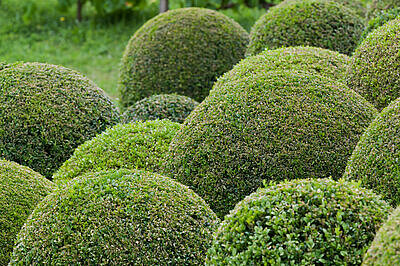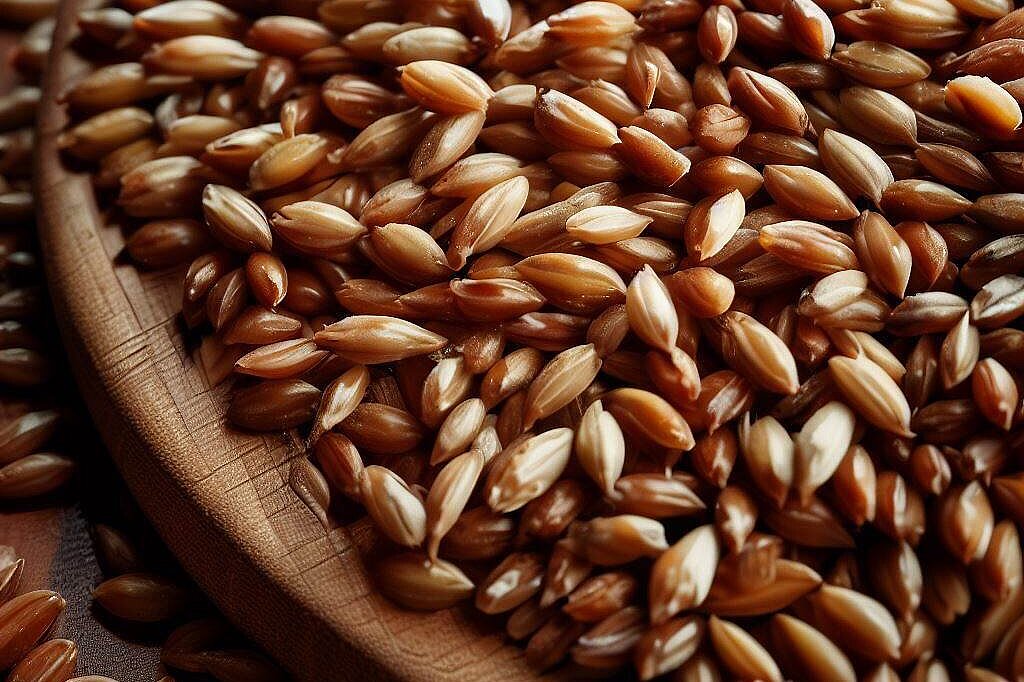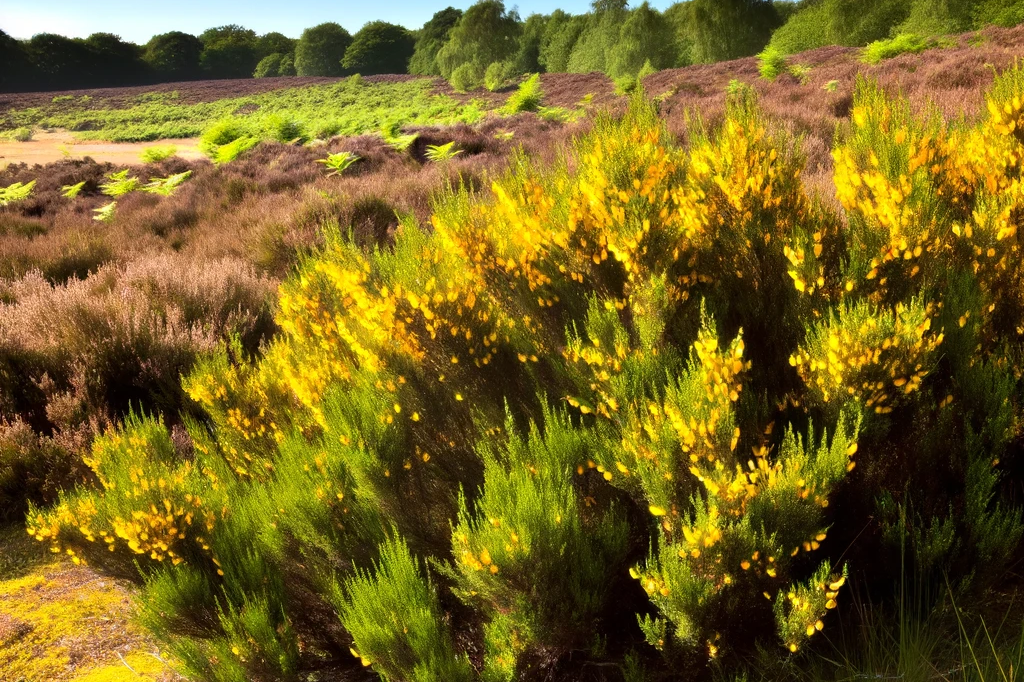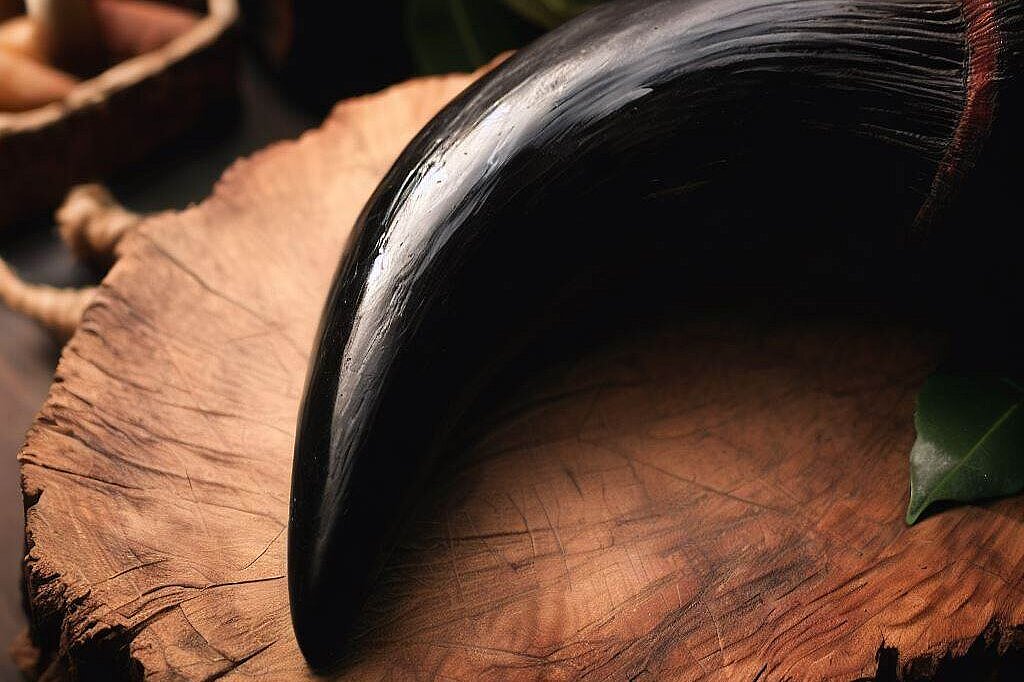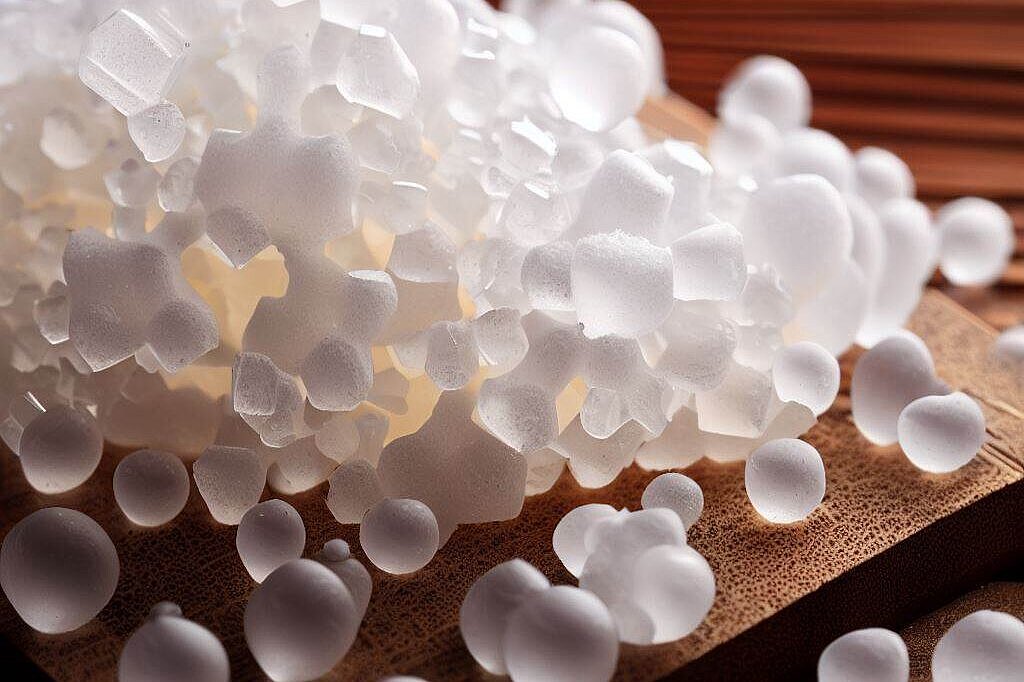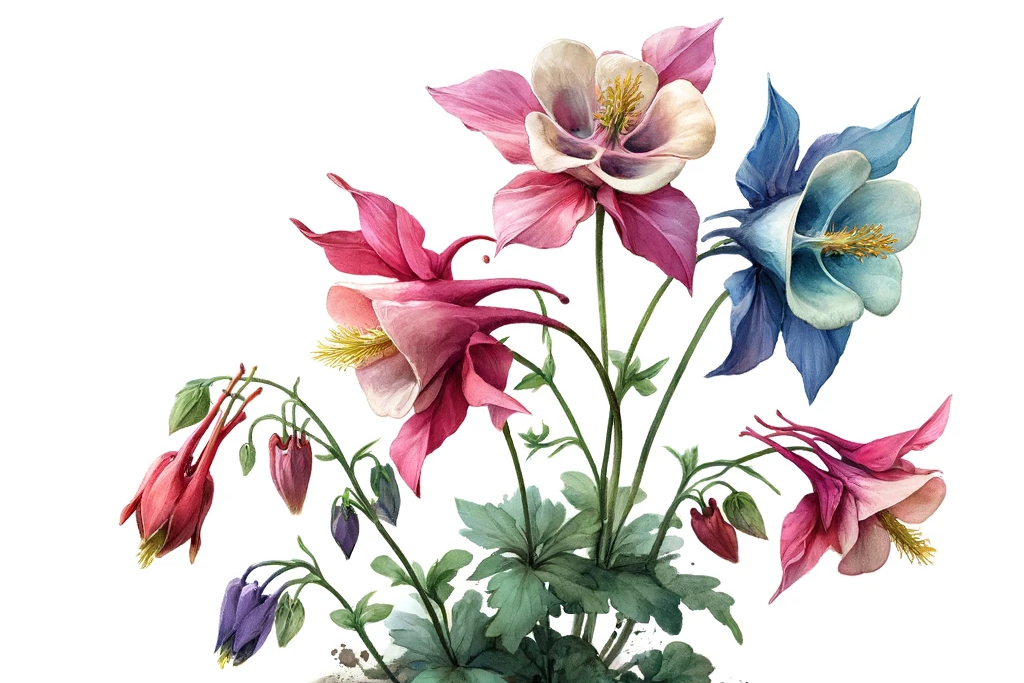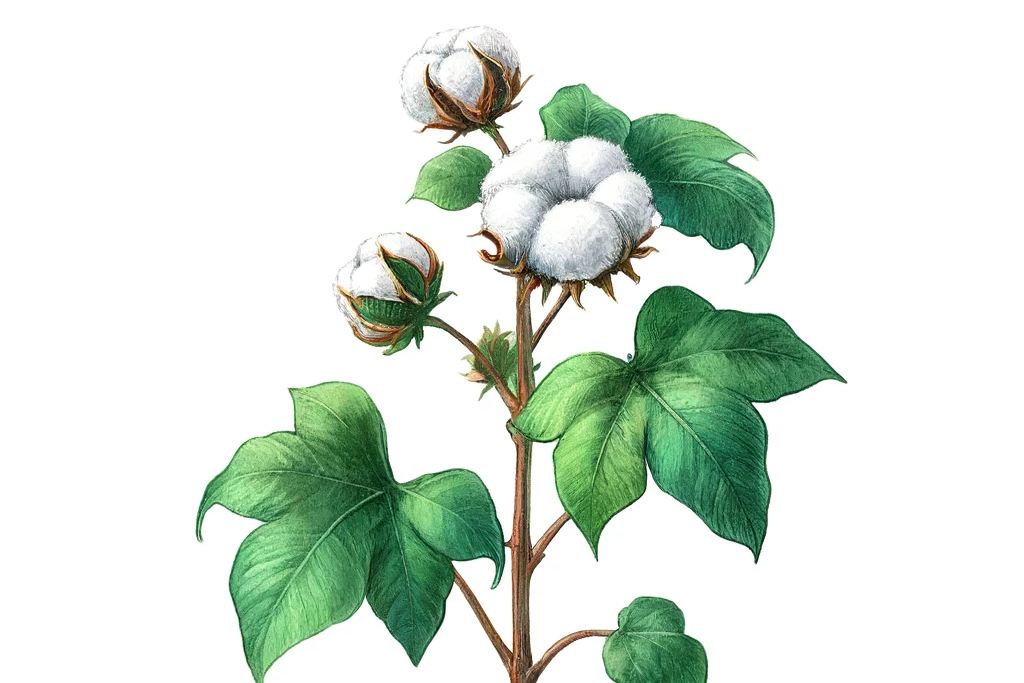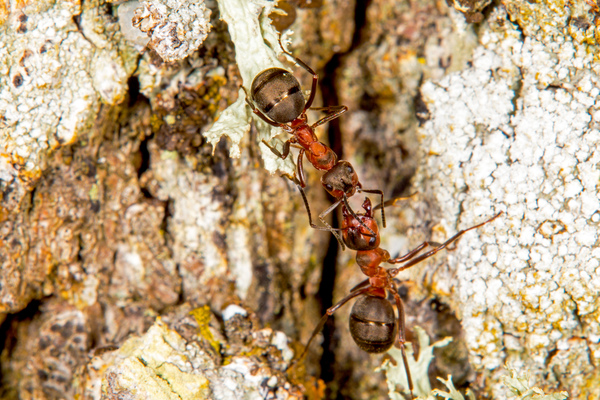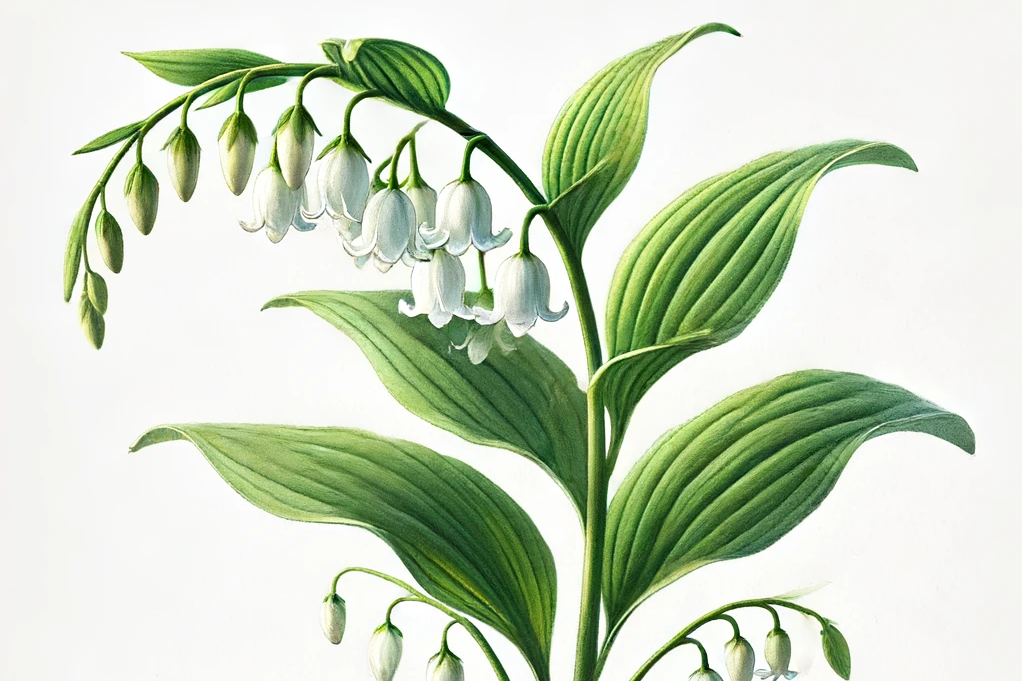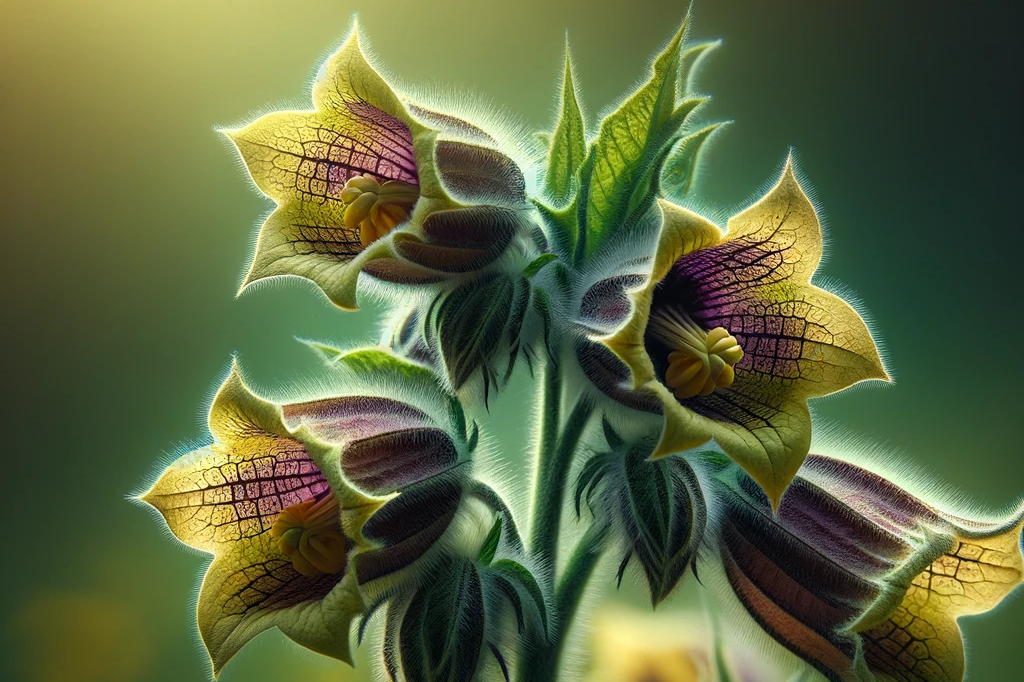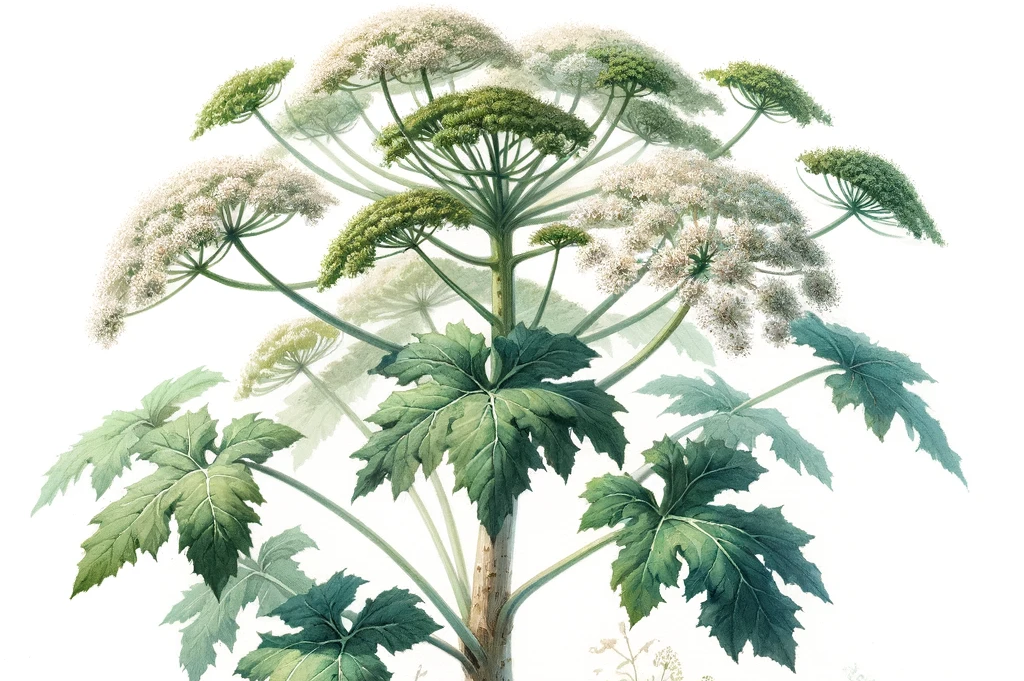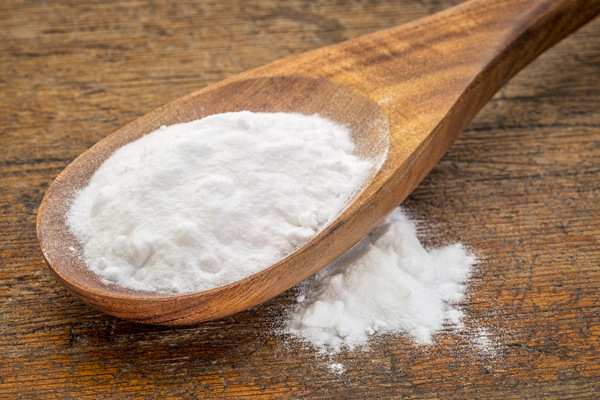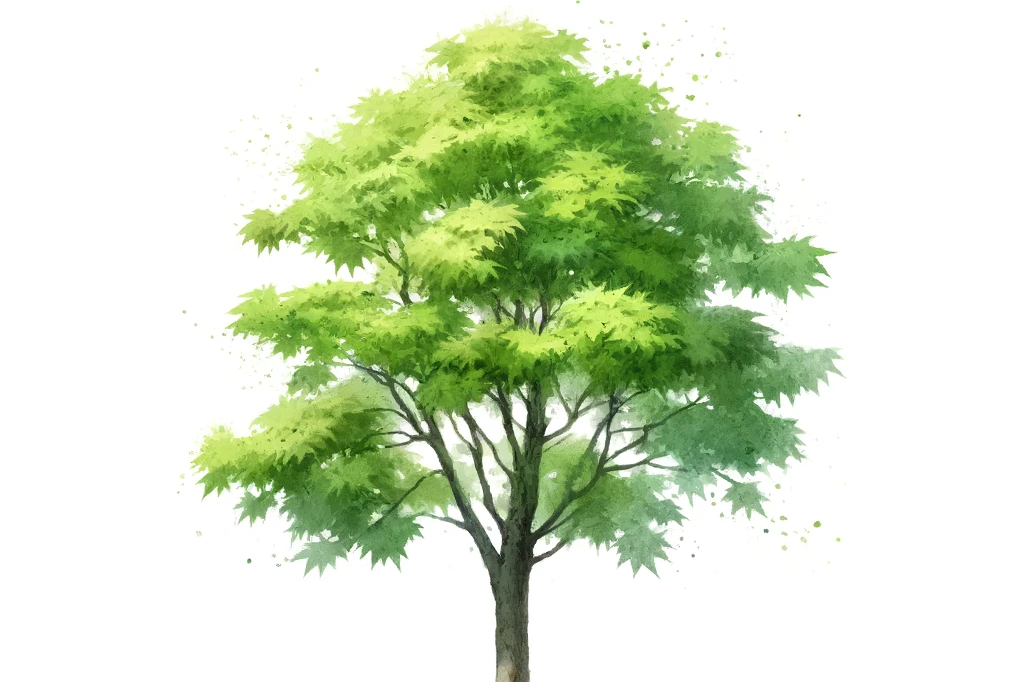Potential source of danger
When an ingredient in dog food is referred to as a "potential source of danger", this means that this ingredient could be harmful or even dangerous for your dog under certain circumstances. There can be various reasons for this:
- Toxicity: some ingredients can be toxic to dogs, even if they are safe for humans. For example, chocolate and xylitol (a sweetener) are toxic to dogs.
- Allergies or intolerances: Some dogs may be allergic to certain ingredients or not tolerate them well. This can range from mild digestive problems to severe allergic reactions.
- Unsuitable composition: Certain nutrient ratios that are healthy for humans may be unsuitable for dogs. For example, dogs require a different ratio of proteins, fats and carbohydrates.
- Health risks if the dosage is too high: Even ingredients that are generally safe can be problematic in excessive quantities. For example, an excessive intake of certain vitamins or minerals can lead to health problems.
Tree
Garden plant
Feeding toxic
Potential source of danger
Boxwood
Fish & Seafood
Product from wild animals
May have anti-inflammatory properties
Can support skin and coat health
Rich in essential substances
Low fat content
Source of healthy unsaturated fats
Rich in fatty acids
Rich in amino acids
Rich in minerals
Rich in proteins
Rich in vitamins
Safe feeding
Suitable for raw food
May be suitable for diabetic diets
Potential source of danger
Bream
By-product
Food
Good for the teeth
Supports digestion
Safe feeding
Potential source of danger
Brewer's grains
Chemistry
Colorants
Artificial additive
Can trigger hyperactivity in sensitive dogs
Potential source of danger
Potential allergy trigger
Compatibility unknown
Brilliant black BN
Chemistry
May interact with medications
Feeding toxic
Highly toxic
Not suitable for consumption by dogs
Potential source of danger
Bromine chloride
Chemistry
Gas
Highly toxic
Potential source of danger
Bromoethane
May interact with medications
Plant
Ornamental plant
Feeding toxic
Highly toxic
Can cause cardiac arrhythmia
Potential source of danger
Broom
Contains sugar
Baked goods
Processed food
Candy
Bad for the teeth
Fat
Rich in carbohydrates
Not suitable for consumption by dogs
Potential source of danger
Brownie
Can contribute to employment
Long lasting
Food
Animal product
Product from livestock
Product from wild animals
Good for the teeth
Rich in proteins
Safe feeding
Suitable for allergy-sensitive dogs
Potential source of danger
Buffalo hide
Can contribute to employment
Long lasting
Animal product
Product from livestock
Product from wild animals
Good for the teeth
conditionally compatible
Safe feeding
Suitable for allergy-sensitive dogs
Potential source of danger
Buffalo horn
May have antibacterial properties
Chemistry
Liquid
May have antifungal properties
May have anti-inflammatory properties
Can help to support vascular health
Potential source of danger
Butanols
Chemistry
Liquid
Feeding toxic
Feeding not recommended
Highly toxic
Potential source of danger
Butyl acrylate
Long lasting
Chemistry
Preservative
Artificial additive
Feeding not recommended
Potential source of danger
Potential allergy trigger
Butylhydroxytoluene
Chemistry
Feeding toxic
Feeding not recommended
Highly toxic
Potential source of danger
Potential allergy trigger
Cadmium
Traditional use in phytotherapy
Plant
Garden plant
Medicinal plant
Herb
Ornamental plant
Not suitable for consumption by dogs
Potential source of danger
Colored nettle
Plant
Garden plant
Medicinal plant
Highly toxic
Potential source of danger
columbines
Plant
Feeding toxic
Feeding not recommended
Not suitable for consumption by dogs
Potential source of danger
Cotton fiber
Plant
Ornamental plant
Not suitable for consumption by dogs
Potential source of danger
Cotton plant
Plant
Garden plant
Ornamental plant
Feeding toxic
Potential source of danger
Potential allergy trigger
Cyclamen
Chemistry
Artificial additive
Potential source of danger
Ethyl acrylate
can have effects on the nervous system
Plant
Medicinal plant
Feeding toxic
Feeding not recommended
Highly toxic
Potential source of danger
Potential allergy trigger
Field henbane
Chemistry
Liquid
Acid
Medicine
Naturopathy
Topical application
Feeding not recommended
Feeding toxic
Potential source of danger
Formic acid
Poison control
Plant
Medicinal plant
Ornamental plant
Feeding toxic
Potential source of danger
Genuine Solomon seal
can have effects on the nervous system
May interact with medications
Traditional use in phytotherapy
Plant
Feeding toxic
Highly toxic
Can cause cardiac arrhythmia
Not suitable for consumption by dogs
Potential source of danger
Henbane
Plant
Garden plant
Feeding toxic
Potential source of danger
Hogweed
May have antibacterial properties
Natural source of antioxidants
Natural source of phytochemicals
Aroma
Antiseptic
Can support the immune system
Supports digestion
May have anti-inflammatory properties
Traditional use in phytotherapy
Use in animal care
Plant
Spice plant
Medicinal plant
Herb
Herbal sedative
conditionally compatible
Potential source of danger
Hyssop
Chemistry
Artificial additive
Baked goods
Processed food
Feeding not recommended
Potential source of danger
Leavening agent
can have effects on the nervous system
Traditional use in phytotherapy
Plant
Garden plant
Medicinal plant
Feeding toxic
Feeding not recommended
Highly toxic
Potential source of danger
Mandrakes
Plant
Tree
Garden plant
Medicinal plant
Herb
Ornamental plant
Feeding toxic
Potential source of danger
Maple
Intended for human consumption
Natural sweetener
Feeding not recommended
Potential source of danger
Maple syrup
Chemistry
Artificial additive
Feeding not recommended
Highly toxic
Can cause cancer
Potential source of danger
Methyl acrylate
Chemistry
Colorants
Artificial additive
May interact with medications
Feeding toxic
Can trigger hyperactivity in sensitive dogs
Can cause cancer
Can cause digestive problems
Not suitable for consumption by dogs
Potential source of danger
Potential allergy trigger
Methyl violet